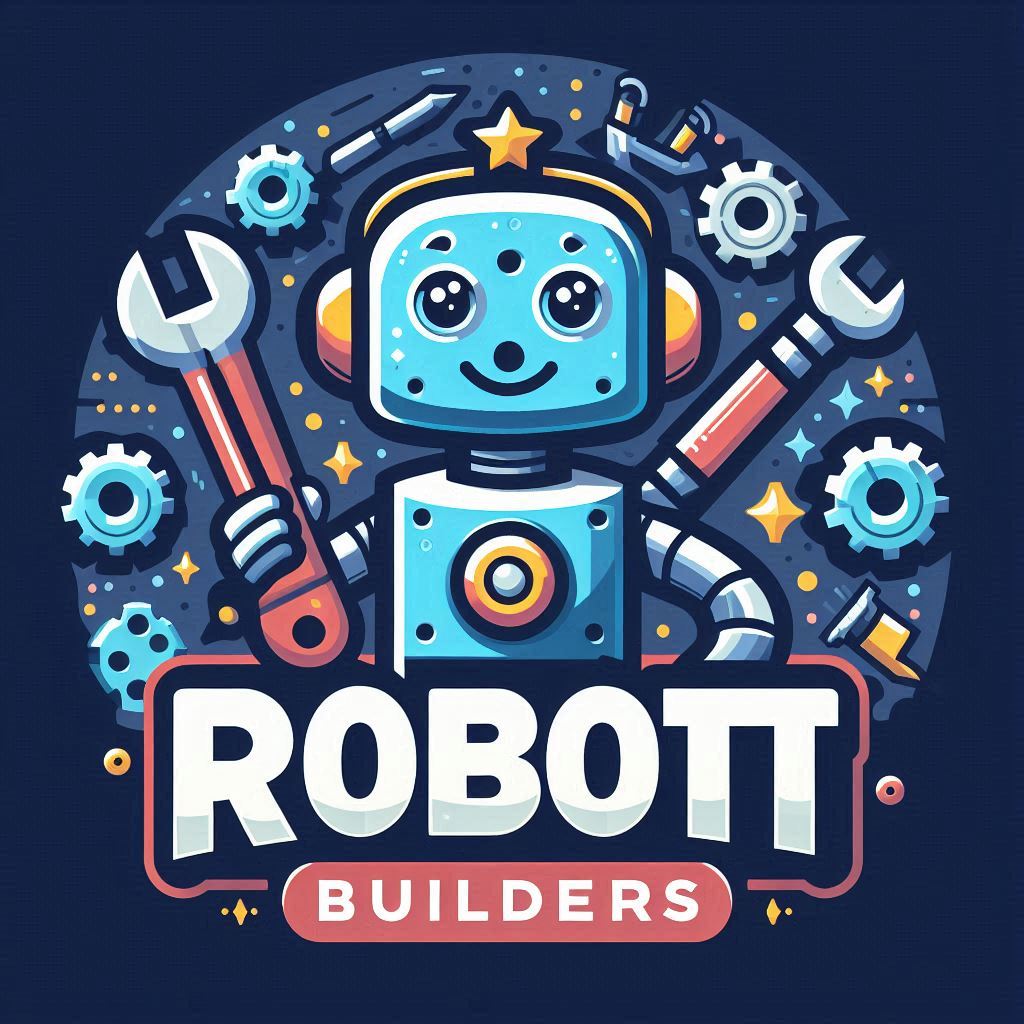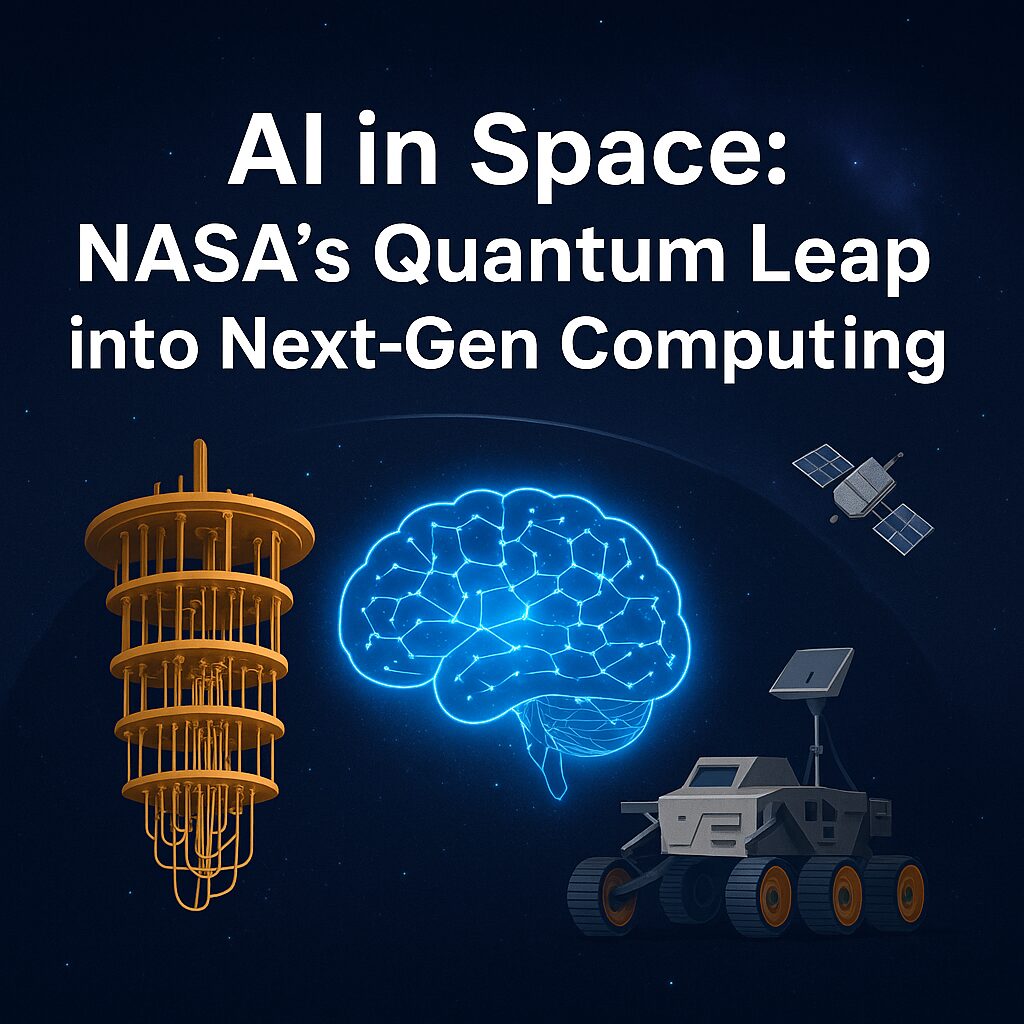Introduction
In 2025, NASA is rewriting the rules of space exploration by merging artificial intelligence (AI) with quantum computing. Through its Quantum Artificial Intelligence Lab (QuAIL), NASA is pioneering a new era where intelligent systems powered by quantum processors can navigate, analyze, and adapt in the harshest environments—from lunar bases to deep space missions.
This article explores how NASA’s quantum computers are transforming AI capabilities in space and what it means for the future of interplanetary exploration.
🧠 What Is NASA’s Quantum AI Lab?
The Quantum Artificial Intelligence Lab (QuAIL) is a joint initiative between NASA, Google Research, and the Universities Space Research Association. Based at NASA’s Ames Research Center, QuAIL focuses on:
- Developing quantum algorithms for space mission optimization
- Advancing quantum-assisted machine learning for spacecraft autonomy
- Simulating complex space environments using quantum models
- Exploring hybrid quantum-classical systems for real-time decision-making
🌌 How Quantum Computing Enhances AI in Space
Quantum computers offer unique advantages for space-based AI:
| Quantum Capability | AI Benefit in Space Missions |
|---|---|
| Superposition & Entanglement | Enables parallel processing of vast mission variables |
| Quantum Optimization | Improves trajectory planning and resource allocation |
| Quantum Simulation | Models radiation, materials, and planetary dynamics |
| Error Mitigation Algorithms | Enhances reliability in noisy, remote environments |
These capabilities allow spacecraft to think faster, adapt smarter, and operate longer—even millions of miles from Earth.
🛰️ Real-World Applications
NASA’s quantum-powered AI systems are being explored for:
- 🧭 Autonomous Navigation: Real-time pathfinding for rovers and orbiters
- 🧪 Material Analysis: Identifying extraterrestrial compounds with quantum-enhanced sensors
- 🌠 Radiation Modeling: Simulating cosmic radiation effects on spacecraft systems
- 📡 Signal Processing: Enhancing communication efficiency across deep space networks
- 🧬 Biological Research: Quantum simulations of cellular behavior in microgravity
These innovations are critical for missions to the Moon, Mars, and beyond.
⚠️ Challenges and Future Outlook
Despite its promise, quantum computing in space faces hurdles:
- Hardware Fragility: Quantum processors are sensitive to temperature and vibration
- Limited Scalability: Current quantum systems are still in early development
- High Cost: Building and maintaining quantum infrastructure is expensive
- Software Maturity: Quantum algorithms for space AI are still evolving
Yet, NASA’s collaboration with Google and other tech leaders is accelerating progress toward quantum supremacy in space applications.
📈 SEO Tips for Space-Tech Content Creators
✅ Search-Friendly Titles
- “NASA’s Quantum AI Lab: The Future of Space Computing”
- “Quantum Computers in Space: How NASA Is Using AI to Explore the Cosmos”
✅ High-Impact Keywords
- “NASA quantum AI lab”
- “AI in space exploration”
- “quantum computing for spacecraft”
✅ Metadata Optimization
- Alt Text: “NASA quantum computer powering AI for space missions”
- Tags: #QuantumAI #NASA2025 #SpaceComputing #AIExploration #QuantumSupremacy
Conclusion
NASA’s quantum computers aren’t just solving equations—they’re charting new worlds. By combining quantum mechanics with artificial intelligence, NASA is building systems that can learn, adapt, and thrive in the unknown.
In the race to explore the cosmos, quantum-powered AI may be the most intelligent passenger aboard.

